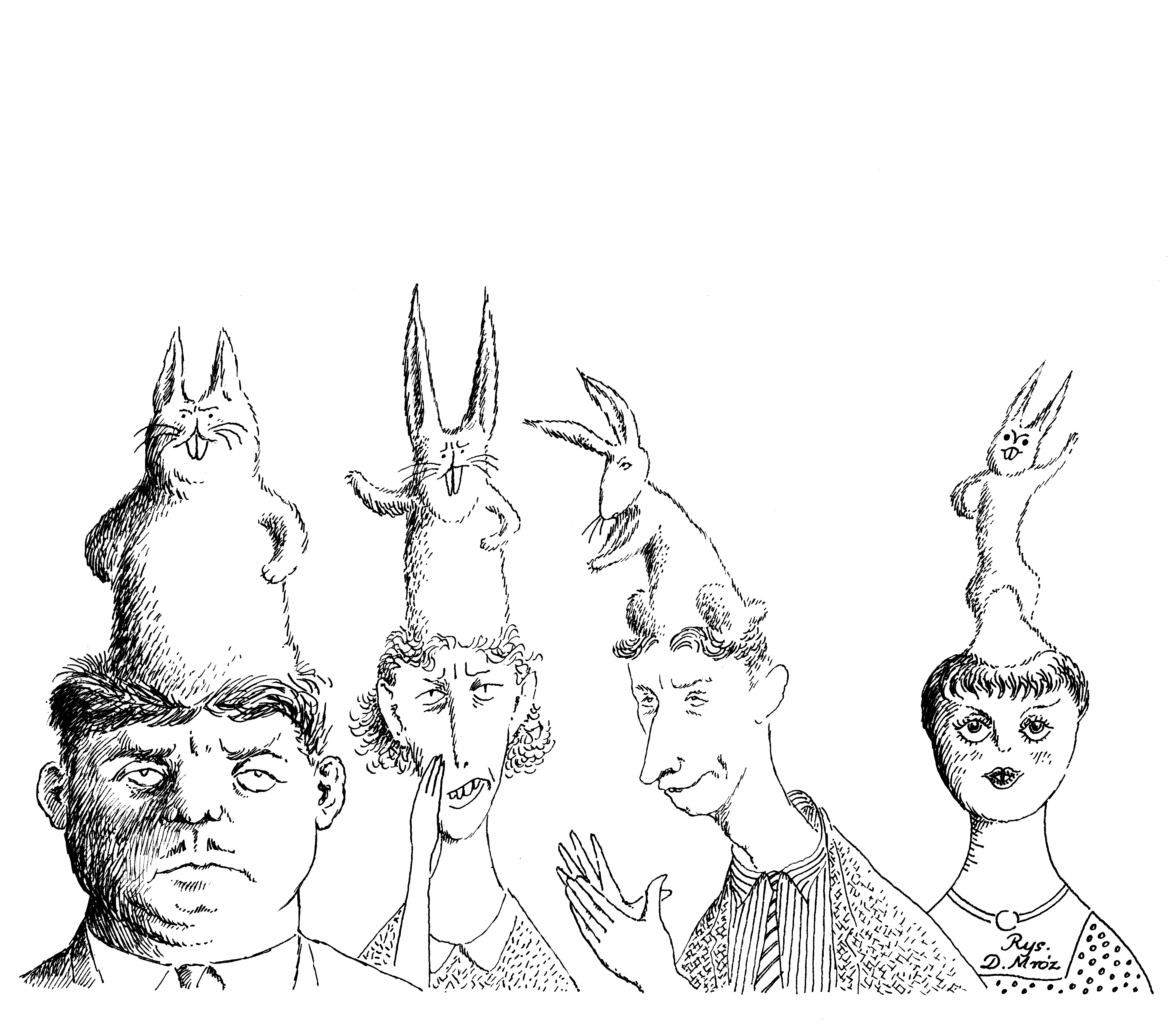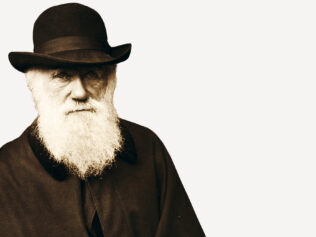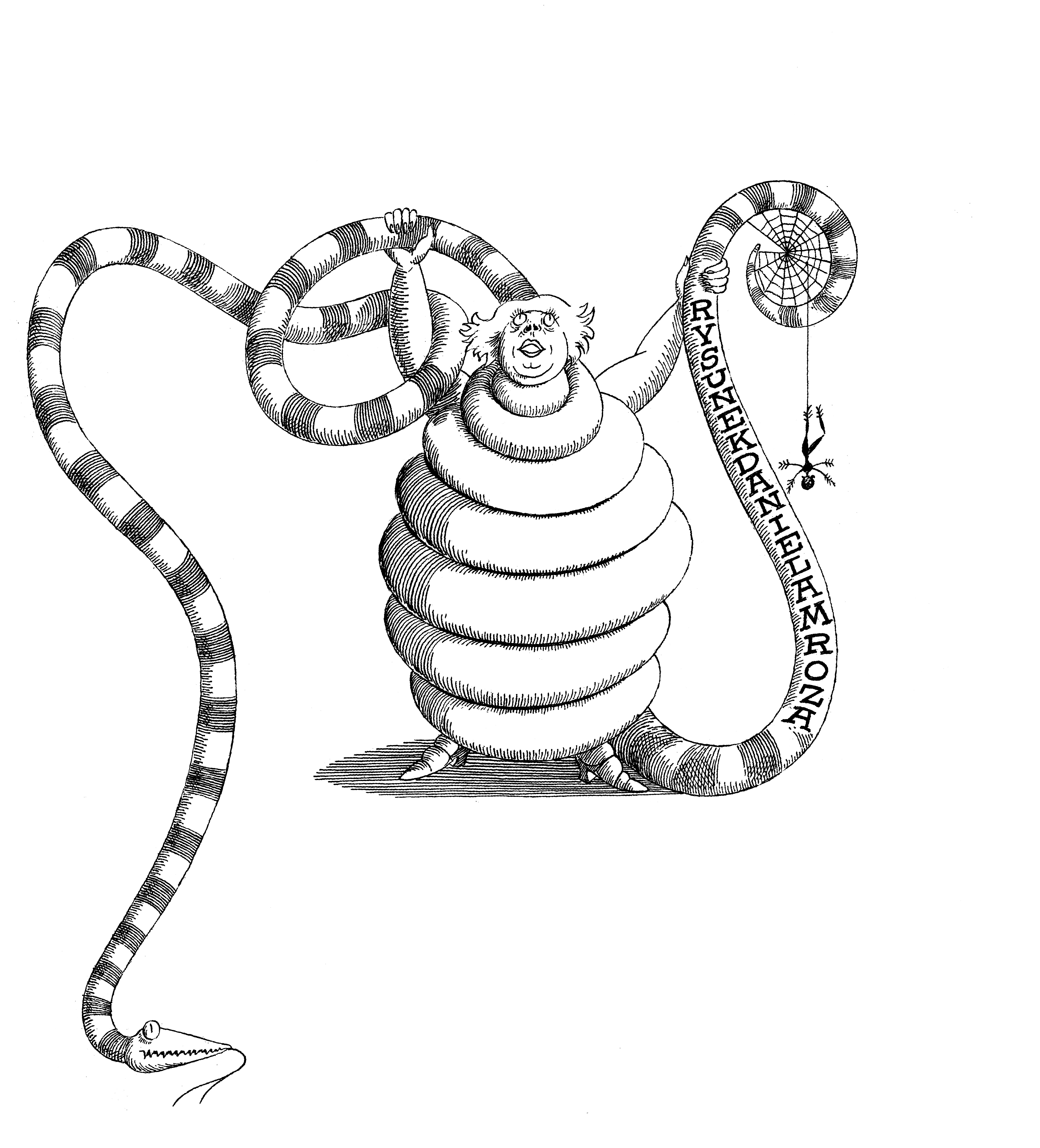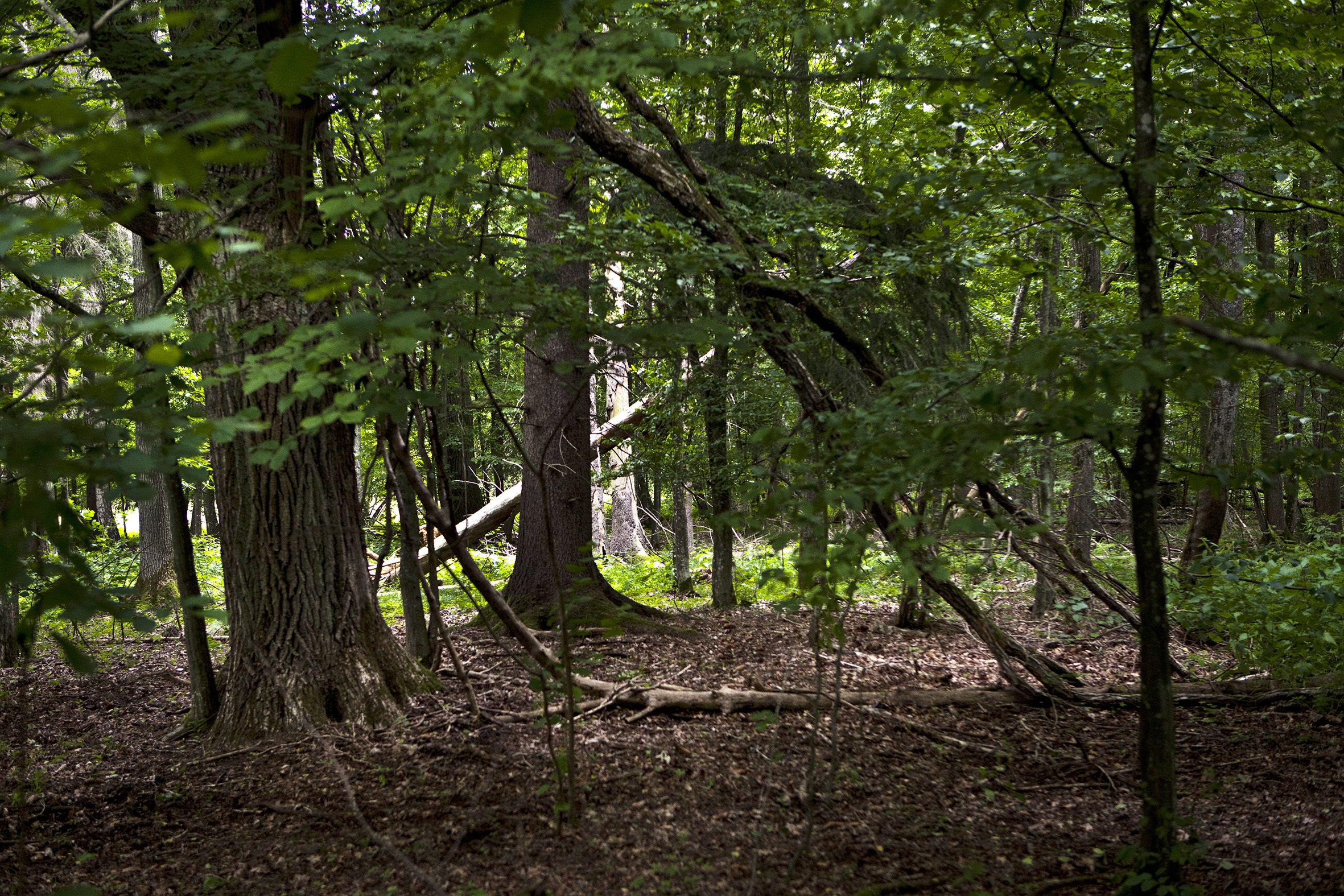
Without it, albatrosses wouldn’t be able to make use of the wind, while plant roots wouldn’t know which way to grow. Because of it, a giraffe’s neck contains a complex system of blood vessels. Gravity – naturally in tandem with evolution – has shaped life on Earth.
Contrary to common belief, the word ‘theory’ as used in science doesn’t signify more or less abstract, loose talk, but refers to a consistent set of ideas intended to explain observed phenomena. In that respect, the theory of evolution has provided the best elucidation of the diversity that characterizes animate nature. If another theory, which explains it even better, is proposed, science will gladly welcome it. As for today, however, it seems rather unlikely.
The same applies to the theory of gravitation, except that it’s easier now to observe gravitational force in our daily life. Even before Newton, people certainly knew that objects would fall down even if they didn’t want them to. Although already back in 1674 Robert Hooke talked about the force that pulls all objects toward each other, it wasn’t until 1687 that Newton explained the concept of gravity with mathematical precision.
This theory, however, is still being intensively tested not only by humans. Whoever has been lucky enough to live with cats must know that there are plenty of furry scientists who check incessantly whether a saucer will shatter as spectacularly as the jug did a second earlier. And since the repetition principle is important in science, as we know, they keep experimenting.
Bed sheets in space
Albert Einstein, a beloved genius of collective imagination, referred to gravity as a distortion of space caused by the presence of objects. The best way to understand what he meant is to imagine a stretched bed sheet (which represents space) with quite a large stone in the middle and many smaller ones around it. Understandably, the large stone will weigh the sheet down a little while other stones will roll down towards the emerging funnel. If, however, one of the stones is placed far enough from the funnel – somewhere close to the bed sheet rim – it might not roll down, since the space around it won’t be distorted enough. This is how it works in general: as distance increases, gravitational attraction decreases.
We could also try rolling the stone not towards the funnel, but perpendicularly to the line they both designate. If it wasn’t for the speed loss due to aerodynamic resistance, it could keep rolling around the funnel endlessly.
Earth is a liveable planet due to gravity, which makes it orbit the sun. Otherwise, it would chaotically float through the universe, which is mostly uninhabitable. Around the Earth, on the other hand, revolves the moon, whose gravitational pull causes the oceans and the seas to rise and fall, in the eternal rhythms of everyday tides. On the Baltic Sea, whose waters are rather shallow and isolated, these changes are practically indiscernible, but in other parts of the world a tidal range can exceed a dozen metres. Some say that it is precisely in the tidal zone that life on Earth began. The tides used to be stronger when the moon was closer to the Earth than now; our natural satellite escapes the Earth’s gravitational pull by 3.78 centimetres each year.
Gravity, as Einstein observed, influences even light. Black holes are black precisely because their gravitational pull is so strong that nothing escapes them, even light. Finally, due to gravity we can observe one of the most beautiful phenomena at the intersection of theoretical physics and poetry. A black hole is surrounded with a sphere, which no information can escape. It is called the event horizon. This is, by the way, how I wanted to name my dream pub, but since I’ll most likely never open it, you can use this idea, Dear Reader, and I’ll be your regular guest.
A down-to-earth approach to gravity
It was already Aristotle who pondered why objects fall to the ground. He arrived at the conclusion that everything that exists is pulled towards the centre of the universe, and since things fall down, the centre must be located somewhere beneath our feet. It’s easy to imagine that the geocentric model of the universe resulted from this particular conviction, just like the idea that the Earth is round. This theory also explains why neither we nor our counterparts in the other hemisphere fall off the ground and float into space. In a way, this is also how gravity works, except that there is no mysterious centre of the universe, but a gravitational pull between all its elements. Aristotle also believed that heavier objects fall more rapidly than lighter ones, but Galileo proved him wrong, demonstrating that the speed of a falling object increases with time.
But even when we aren’t falling, we still remain under the influence of gravity – just like all other elements of animate and inanimate nature, as well as everything that is inside us. This is why a giraffe has a special blood vessel system. Their heart, which weighs around 11 kilos, pumps the blood to their head, separated by a distance of between two to four metres, at a pressure twice as high as in humans. The artery that connects their head and heart is exceptionally wide and equipped with valves, which enable the blood to circulate against gravity. The giraffe, which can grow up to six metres and has legs as long as its neck, is the tallest living terrestrial animal (I can’t say how tall the whale is, though). They don’t need to bow their heads to eat as they feed among tree branches, but they have to bend down while drinking. To prevent a sudden rush of blood to the brain and a subsequent stroke, a giraffe’s neck contains the so-called ‘wonderful net’ (we usually use the Latin rete mirabile): a complex system of blood vessels. Their arteries and veins branch out into capillary vessels, and then reunite to form the same vessel they emerged from. The network of vessels regulates the flow of blood, preventing it from flooding the brain. Moreover, just above their hooves, a giraffe has long ‘compression stockings’: a very tight skin layer, which prevents swelling caused by the pooling of blood and tissue fluid. If it wasn’t for gravity, none of these anatomical adaptations would be needed. Still, as I have said, if it wasn’t for gravity, giraffes simply wouldn’t exist.
Each creature on Earth has to deal with gravity. Even if you don’t want to go or fly anywhere, but live your life in the same place – like a mushroom, plant, or sea anemone – your body still needs to adapt. In the water, however, gravitational force doesn’t pose a problem for every creature, since it is counterbalanced with buoyancy. This is why despite a lack of stiff tissues, some seaweeds grow over a dozen metres tall and form underwater forests. Actually, seaweed, or macroalgae, isn’t made of tissues, but a relatively undifferentiated thallus.
Terrestrial creatures face a bigger challenge. If you’re a plant, you’re kept in an upright position by cell walls made of cellulose. In larger species, the cell walls are ligneous. Mushrooms and arthropods are stiffened by chitin. However, if you want to explore the world, and you’re neither a snake or a snail, you need legs. It’s easy to imagine that the mass of an organism increases in units cubed as it depends on the body’s volume. Muscle and bone strength, on the other hand, is related to their cross-section measured in units squared. In other words, the larger the animal, the proportionally larger legs it needs. An elephant’s body couldn’t be built like that of a rat, since his legs would be unable to support his weight. Sadly, this means that towering, gigantic elephants with spidery legs can be found only in Salvador Dalí’s paintings. And legs can’t get bigger and bigger, since at some point it would be impossible to move them – they simply wouldn’t fit below the stomach. For that reason, while the largest dinosaurs could walk (although they’re believed to have spent most of their time in swamps, supported by the water’s buoyancy), they couldn’t frolic, poor creatures! And they couldn’t grow even bigger unless they had titanium skeletons instead of bones. But then again, they would get even heavier, and the problem would remain unsolved.
A running albatross
If you want to fly, gravity will have an even stronger impact on your size. The bigger the wings, the heavier they are, until they prove too heavy. At the same time, your muscle and bone strength is affected. Albatrosses, the largest flying birds, are excellent gliders, but for them to soar to the sky it’s not enough to just hop. On the ground, they gain speed while running, as they have very strong legs. When they take off from water, on the other hand, they usually make use of the wind, since they live in the windiest parts of the globe. Nonetheless, even the wandering albatross, with a record 3.7-metre-wingspread, weighs only about seven kilos.
The largest flying animals in history were pterosaurs such as Quetzalcoatlus northropi and Cryodrakon boreas. The name of the latter, first described in 2019, stands for ‘cold dragon of the north’, so we might assume that the scientists who discovered him are fans of a popular fantasy series. Both pterosaurs had a wingspread of 10-11 metres and weighed between 200 and 250 kilos. Only recently has it been established that they would literally shoot into the sky with the help of a ‘catapult mechanism’: a special lock-and-release system on the tendon attachment points in massively-built legs. It has also been determined that animals larger than pterosaurs would be unable to fly. That said, according to a popular myth, bumblebees also shouldn’t be able to fly, since their wings are too small to carry their plump bodies. But this proved not to be true – scientists know that bumblebees, by moving their wings very rapidly, create small tornados, which help them sustain flight (this is why they cannot be compared to air planes). Nature has surprised us many times, which is what makes it so exciting to study.
Thus, if I came to Earth from outer space, unaware of whom I might meet here, but knowledgeable about the theory of gravity (otherwise I wouldn’t be able to fly to another planet), I would assume that the largest animals could be found in water. And I would be right. Everybody knows that the largest animal ever known is the blue whale. The longest female, killed in 1909 in the waters of Antarctica, measured 33.58 metres. The heaviest, killed in the same area in 1947, weighed 190 tonnes – the equivalent weight of 2500 adult humans. The simplest answer to the question of why whales are so enormous is the following: because they can. Their growth isn’t limited by gravitational force, and, simultaneously, they can get plenty of food. Their enormous size not only keeps them safe from predators, but also makes it easier for them to maintain the same body temperature. It’s a journey of no return, though. Whales that are thrown upon the land don’t die due to a lack of oxygen or drying up – they suffocate and break under their own weight, as gravity punishes the escaped slaves severely.
Ear crystals
Earth and its gravitational force designate the axis, which has a deep significance for all living organisms, since not only animals have a sense of upward and downward direction. As Daniel Chamovitz recounts in his book What a Plant Knows, in 1758, Henri-Louis Duhamel du Monceau – a French physician, engineer and botanist – observed that if we turn a seedling upside down, the root will soon again demonstrate a propensity to grow downwards and the shoot will grow upwards. So the plant must know! A slightly more detailed study was conducted 50 years later by Thomas Andrew Knight. He arranged bean seedlings on a horizontally-positioned wooden plate, which was spinning at 150 revolutions per minute for a couple of days. This is how he created a centrifugal force that balanced out gravity. And, as a result, the roots indeed started to grow towards the rim of the plate, while the shoots grew away from it.
Half a century later, the infallible Charles Darwin, together with his son Francis, found out that a root’s ability to sense gravity is located in its tip, also known as the cap. They laid the seedlings of various plants horizontally and either cut off or cauterized the cap. The roots continued to grow horizontally. Interestingly, this was observed only when the roots were damaged immediately after being laid down. If it happened 19 minutes later (I don’t know why this long), they would grow as they were expected to: downwards.
It wasn’t until recently, however, that it was discovered – with the help of molecular biology and the first space flights – how exactly plants sense those directions. It turned out that the cells of the root cap contain statoliths: small granules that bend the root downward. If statoliths gravitate to the right in an artificial gravity environment, this how the root grows, too; if to the left, the root behaves accordingly. In zero gravity conditions, when statoliths are free-floating in the cell, the root has no idea in which direction to grow and grows wherever it wants.
In the human body, the same function is performed by the labyrinth: the inner ear canals that contain fluid with otoliths. They lie in three planes and are filled with touch-sensitive cells. Gravity acts upon fluid and otholits, which makes us recognize how our body, or at least the head, is positioned. This is why when we’re on a swing or sea wave, or when the centrifugal force of the merry-go-round affects gravitational pull, the most sensitive of us experience vertigo – the fluid with the otoliths isn’t where it should be.
Living under the influence of gravity is a heavy burden for both animals and plants. But without it, there would be no topic to this conversation, nor anybody to carry it out.










